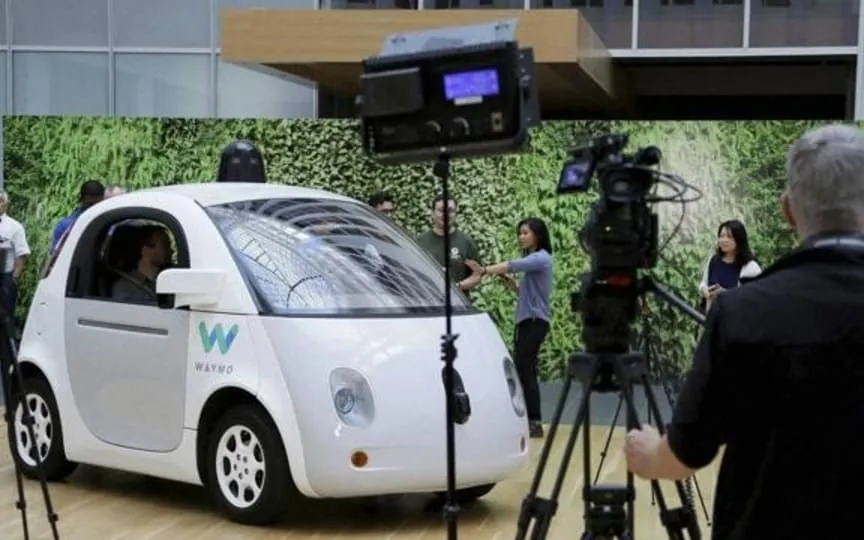Autonomous Taxis Make Progress in San Francisco
On Thursday, California authorities granted permission to Waymo and Cruise to enter the competition with ride-share services and taxis, thereby advancing the expansion of driverless taxi services in San Francisco.
The California Public Utilities Commission (CPUC) heard six hours of public comments before voting three to three that Waymo, Google’s parent company Alphabet, and Cruise, owned by General Motors, primarily operate 24-hour robot taxi services in San Francisco.
“Today is the first of many steps in bringing AV (autonomous vehicle) transportation services to Californians and creating a successful and transparent model for other states,” said CPUC Commissioner John Reynolds, who voted for approval.
Waymo cars were allowed to travel up to 65 miles per hour (105 kilometers per hour) without human drivers behind the wheel, even in bad weather.
It also got permission to offer driverless cars to paying passengers in its hometown of Mountain View, Silicon Valley.
The cruiser was approved to run passenger traffic in San Francisco at a maximum speed of 35 miles per hour and not in dense fog or heavy smoke.
Previously, Cruise could only charge customers during certain times of the day. Waymo was not allowed to charge for rides without a human driver.
Driverless cars were first introduced in San Francisco in 2014, with a mandatory “safety driver.”
Four years later, California dropped its requirement that a human driver be in the car.
The CPUC hearing drew commentators from all sides of the issue, with some calling robot taxis a dangerous threat while others hailed them as a solution to everything from climate change to road rage.
Unmanned cars have gotten stuck in the middle of the road, blocked bus lanes or even disturbed the police or firefighters.
But others at the hearing praised the vehicles for giving disabled people independence, making the road safer and helping to end discrimination.
Others opposed cars of all kinds, saying that the future lies in clean, convenient and affordable public transportation.
“The future of cities is not cars, whatever they may be,” one speaker argued.




